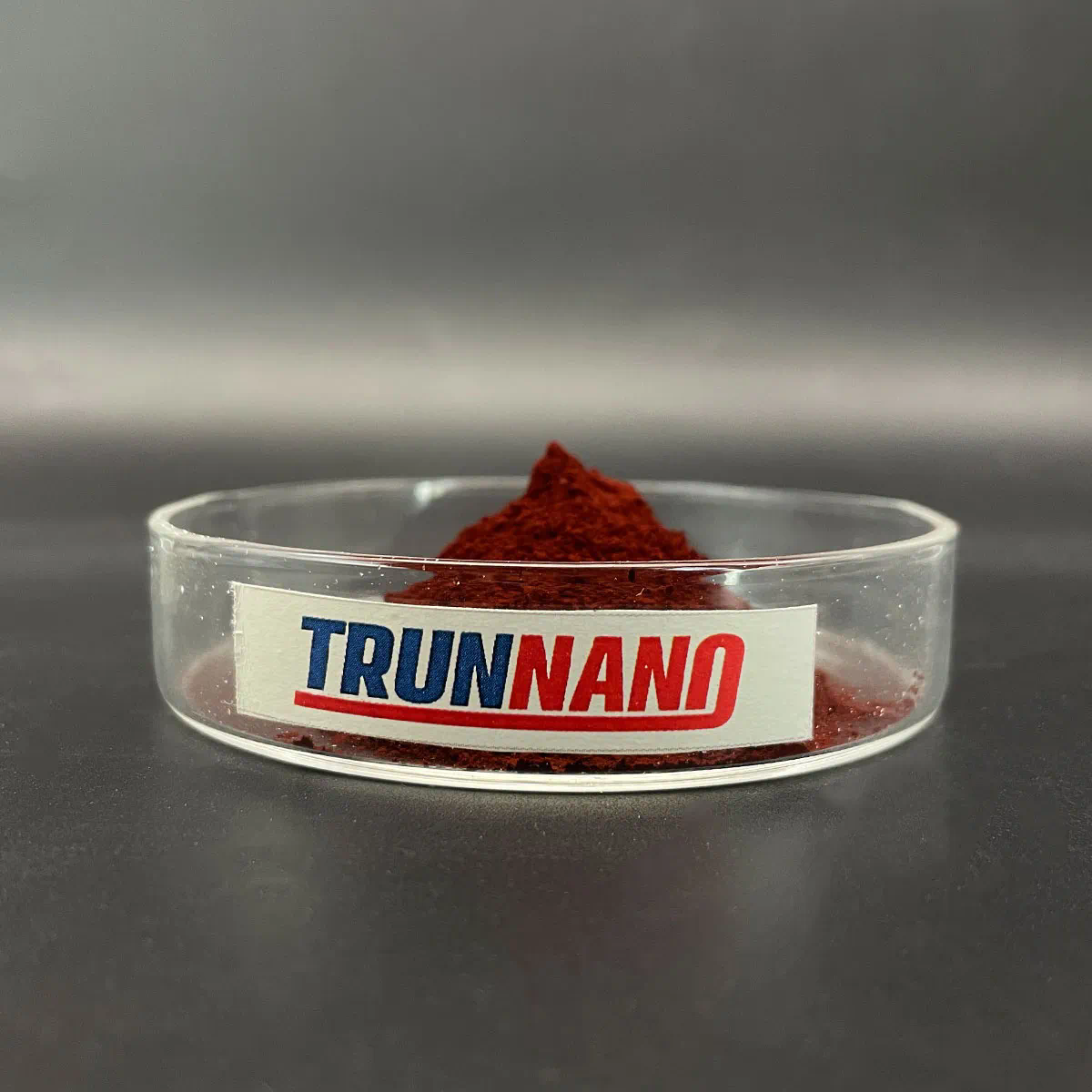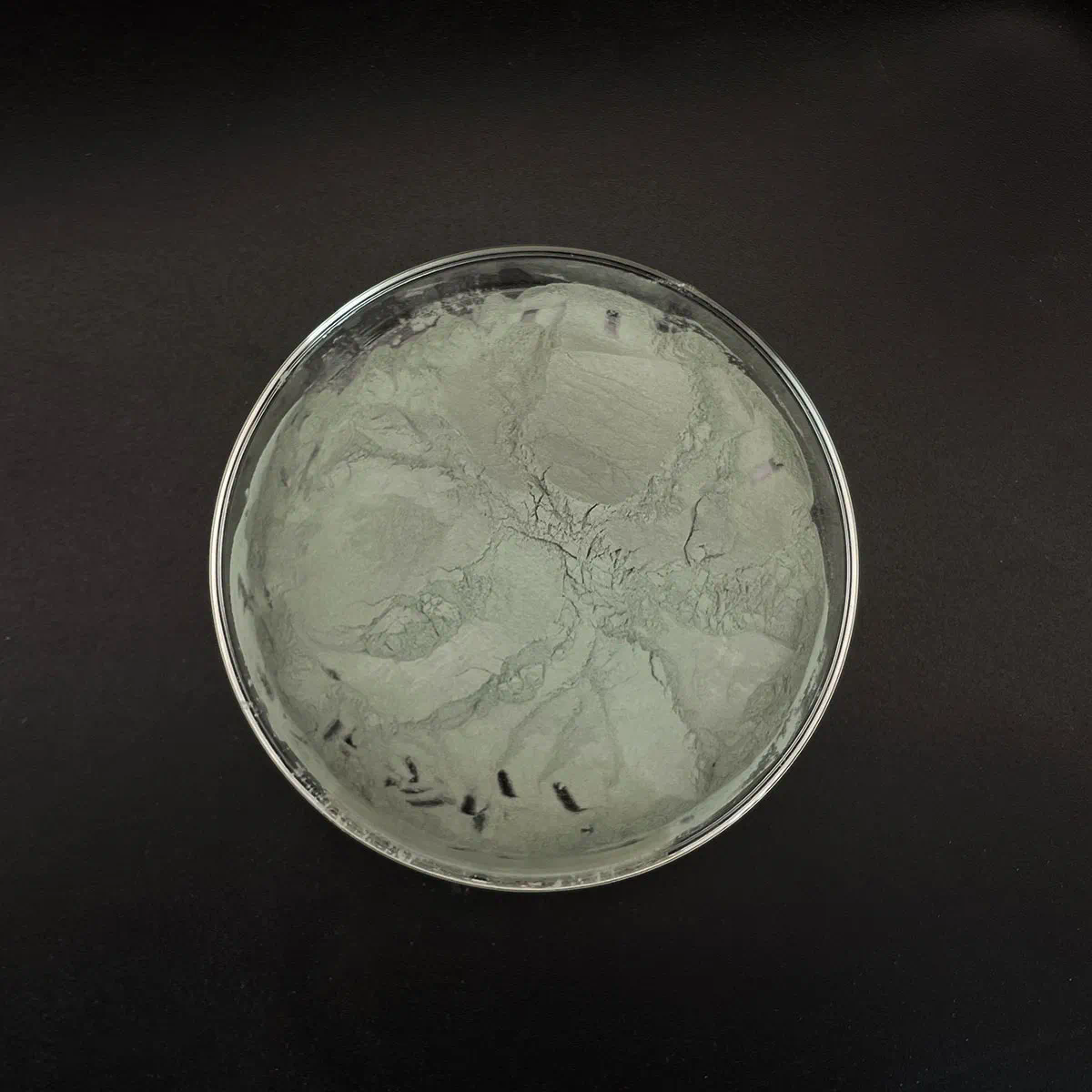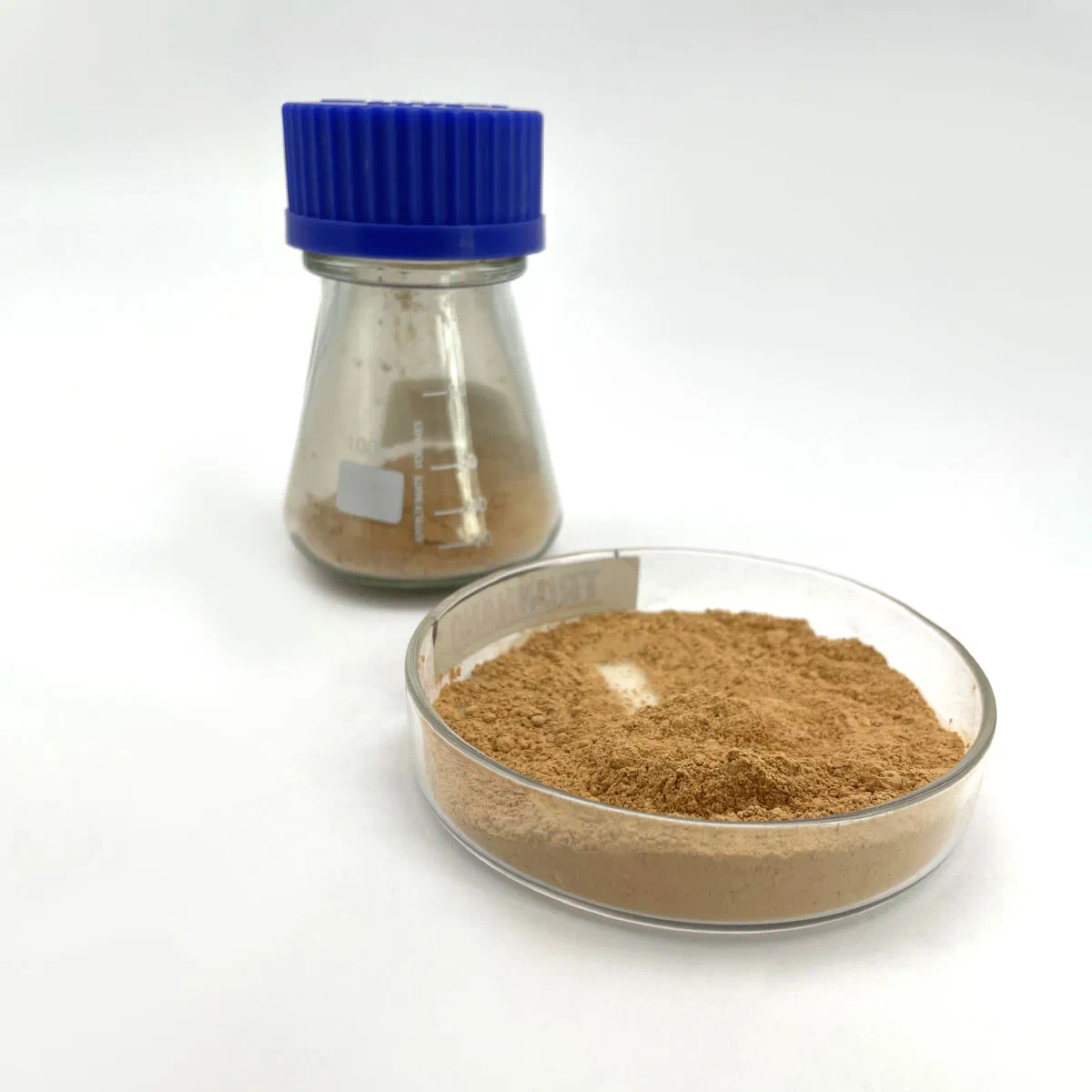Tellurium Dioxide- An Overview of Its Optical Properties
Tellurium Dioxide: An Overview of Its Optical Properties
Tellurium dioxide (TeO2) is a fascinating compound that has garnered considerable attention in the field of materials science and optics. This compound has unique properties that make it suitable for various applications, including optics, electronics, and photonics. In this overview, we will delve into the optical properties of tellurium dioxide, exploring its crystal structure, refractive index, transmission characteristics, nonlinear optical effects, and its applications in technology.
Tellurium dioxide crystallizes in several forms, but the most common is the tetragonal form, which is often referred to as the α-TeO2 phase. The crystal structure plays a crucial role in determining the optical properties of materials. In the case of TeO2, the arrangement of the tellurium and oxygen atoms results in a highly anisotropic material, meaning that its optical properties can vary significantly depending on the direction of light propagation. This anisotropy is a critical factor in applications such as birefringent devices and waveguides.
One of the most significant optical properties of tellurium dioxide is its refractive index. The refractive index of a material is a measure of how much light bends when entering the material from another medium. For TeO2, the refractive index varies with wavelength and polarization, showcasing its anisotropic nature. In general, the refractive index is higher for light polarized along one axis compared to another, which can be beneficial in designing optical components that utilize polarization effects.
The transmission characteristics of tellurium dioxide are also noteworthy. TeO2 exhibits a wide transmission range, particularly in the infrared region. This feature makes it an attractive candidate for applications in infrared optics, such as lenses, prisms, and windows. The optical transparency of TeO2 in the near-infrared region is especially valuable for telecommunications and sensing technologies, where light must pass through various media without significant loss or distortion.

In addition to its linear optical properties, tellurium dioxide exhibits remarkable nonlinear optical effects. Nonlinear optics is the study of how materials respond to high-intensity light, leading to phenomena such as second harmonic generation, self-focusing, and four-wave mixing. TeO2 is known for its substantial nonlinear coefficient, making it a prime candidate for applications in frequency conversion and laser technology. This property enables the development of compact and efficient optical sources, opening new avenues for research and industrial applications.
Tellurium dioxide’s optical properties have led to its integration into various technological applications. One notable application is in fiber optic technology. TeO2-based fibers are used for their low loss and high nonlinearity, which enhances signal processing capabilities. These fibers can support advanced communication systems by enabling faster data transmission and improved signal integrity.
Another significant application of tellurium dioxide is in the manufacturing of optical devices such as waveguides and modulators. The ability to manipulate light at the nanoscale is crucial for modern optics, and TeO2 serves as a suitable material due to its favorable optical properties. Waveguides made from TeO2 can guide light with minimal loss, making them ideal for integrated photonic circuits.
In the realm of lasers, tellurium dioxide plays a pivotal role as a gain medium. Its nonlinear optical properties allow for efficient energy conversion, leading to the generation of coherent light in various wavelengths. This makes TeO2 an essential component in solid-state lasers, contributing to advancements in laser technology for both industrial and medical applications.
Furthermore, the use of tellurium dioxide extends to sensors and detectors. Its sensitivity to changes in light intensity makes it suitable for designing optical sensors that can detect minute variations in environmental conditions. Applications include chemical sensing, temperature measurement, and biological detection, where high sensitivity and specificity are paramount.
As we explore the applications of tellurium dioxide, it is also important to consider the ongoing research aimed at improving its optical properties. Researchers are investigating doping TeO2 with various elements to enhance its performance further. These efforts focus on tailoring the material’s refractive index, nonlinear coefficients, and thermal stability to meet the demands of emerging technologies.
Recent advancements in nanostructuring techniques are also paving the way for novel applications of tellurium dioxide. By creating nanoscale structures, researchers can exploit surface plasmon resonance and other quantum effects, leading to enhanced light-matter interactions. This could result in the development of highly sensitive biosensors, improved optical filters, and advanced imaging systems.

In conclusion, tellurium dioxide is an intriguing material with a rich set of optical properties that make it indispensable in various fields. Its anisotropic nature, coupled with its broad transmission range and significant nonlinear effects, positions it as a key player in modern optics and photonics. As research continues to unveil new possibilities and applications, the importance of tellurium dioxide in shaping the future of optical technologies cannot be overstated.
The exploration of tellurium dioxide’s optical properties not only enhances our understanding of this compound but also drives innovation across multiple industries. From telecommunications to medical devices, MoDTP Cas No.:72030-25-2 the potential applications are vast and varied, making TeO2 a compound worth studying and developing. As we stand on the brink of new technological advancements, the role of tellurium dioxide will undoubtedly continue to evolve, leading to exciting discoveries and applications in the world of optics.

https://flycatcoo.com/

